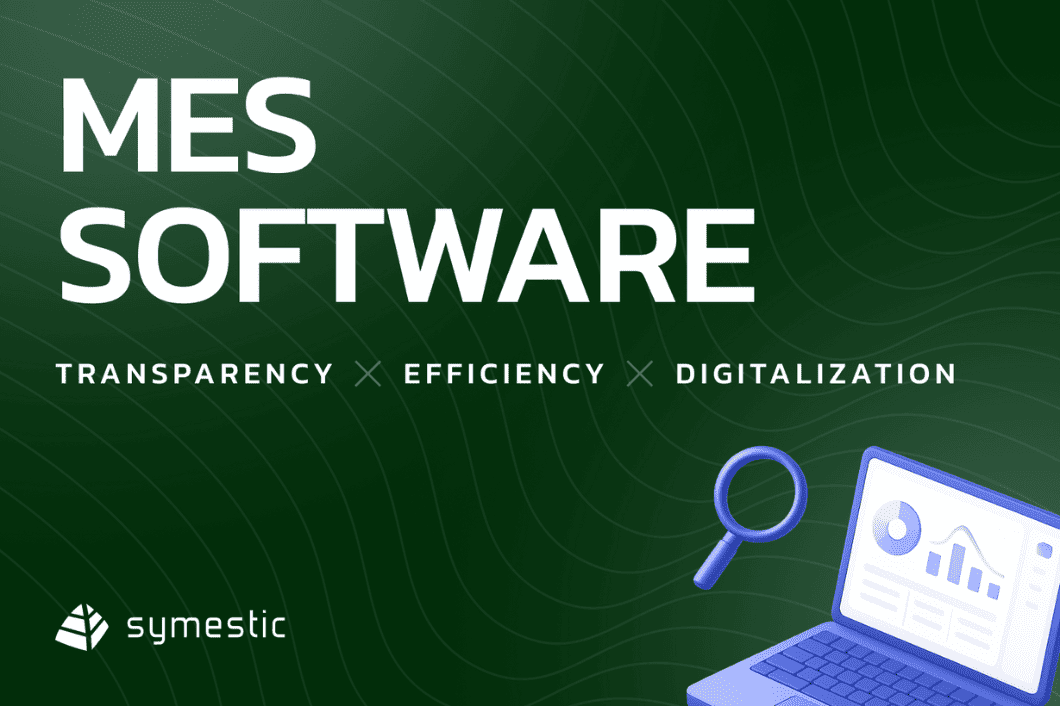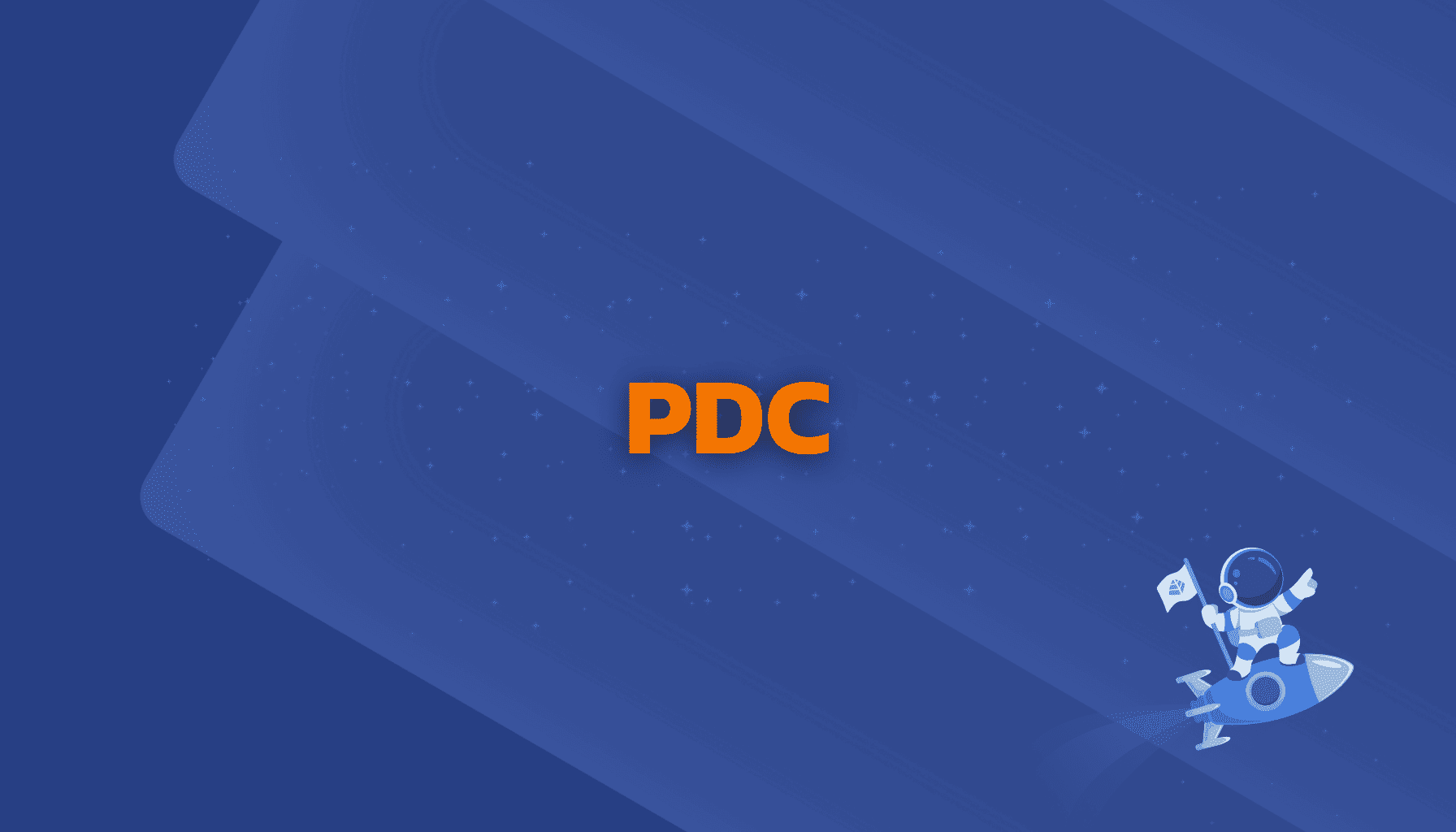MES Software: transparency and efficiency for production

Your MES Knowledge Journey
Our three-part guide takes you step-by-step through the world of Manufacturing Execution Systems – from the basics to cloud technology.
1. MES Basics
Definition, core functions, and application areas of Manufacturing Execution Systems.
Read More2. MES Software
Transparency and efficiency in manufacturing through modern MES software solutions.
Current ArticleTable of Contents
- What is MES Software? Definition and Scope
- Types of MES Software and Their Characteristics
- Technological Foundations of Modern MES Software
- MES Software for Different Company Sizes
- Integration of MES Software with Other Systems
- Selection Criteria for the Right MES Software
- ROI and Amortization of MES Software Investments
MES Software: The Ultimate Guide for Manufacturing Companies
Manufacturing Execution Systems (MES) form the digital backbone of modern production environments. This comprehensive guide explains what MES software is, how it can revolutionize your manufacturing, and what to consider during selection and implementation to achieve maximum efficiency and competitive advantages.
Your Benefits with MES Software
- Real-Time Transparency across all production processes
- Cost Reduction through optimized resource utilization
- Quality Improvement through precise process control
- Future-Proofing through cloud-native architectures
What is MES Software? Definition and Scope
Definition
MES Software (Manufacturing Execution System) is a specialized application that serves as the central link between the planning level (ERP systems) and the operational production level. It monitors, controls, and optimizes manufacturing processes in real-time, connecting machine data with enterprise data to maximize efficiency, quality, and cost savings.
Four Core Characteristics of MES Software
- Real-Time Capability: Immediate capture and processing of production data for quick decisions.
- Process Orientation: Focus on controlling and optimizing manufacturing processes, not just data management.
- Bidirectional Communication: Seamless connection between ERP systems and the automation level.
- Contextual Data Processing: Enrichment of raw data with context for meaningful analysis.
MES vs. ERP
The Evolution of Modern MES Software
The development of MES software reflects technological progress and the evolving demands of the manufacturing industry:
Phase 1: Early Beginnings (1990s)
Proprietary, monolithic applications with limited connectivity, often isolated solutions for Production Data Acquisition (PDA).
Phase 2: Consolidation (2000s)
Introduction of client-server architectures with standardized interfaces (e.g., ISA-95) and expanded functionalities.
Phase 3: Digitalization (2010s)
Web-based systems with modular structures, improved user interfaces, and advanced analytics capabilities.
Phase 4: Cloud-Native Era (2020s)
Cloud-native, microservices-based platforms with an API-first approach, AI integration, and seamless scalability.
Summary: MES software is the "nervous system" of modern manufacturing, collecting and processing data in real-time to support decision-making. Modern solutions offer cloud-native architectures for maximum flexibility and future-proofing.
Types of MES Software and Their Characteristics
MES software comes in various forms, differing in architecture, application scope, and licensing model. The choice of the right type depends on specific requirements and company strategy.
Monolithic vs. Modular MES Software
Monolithic MES Software
- Characteristics: Tightly integrated functions, fixed architecture, unified codebase.
- Advantages: High consistency, lower integration effort between modules.
- Disadvantages: Less flexible, difficult to customize, complex updates.
- Application: Standardized manufacturing with stable requirements.
Modular MES Software
- Characteristics: Loosely coupled modules, flexible configuration, scalability.
- Advantages: Phased implementation, individual customization, easy updates.
- Disadvantages: Higher integration effort, potential consistency issues.
- Application: Growing companies, agile manufacturing environments.
Trend Toward Microservices Architecture
The latest generation of MES software is based on microservices, offering maximum flexibility:
- Characteristics: Granular services, containerized deployment, API-based communication.
- Advantages: Independent scalability, continuous updates without interruptions.
- Disadvantages: Complex orchestration, requires DevOps expertise.
- Application: Industry 4.0, global production networks.
Industry-Specific vs. Universal MES Software
Industry-Specific MES Software
- Characteristics: Optimized for specific industries, incorporates best practices.
- Advantages: Shorter implementation time, lower customization effort.
- Applications:
Universal MES Software
- Characteristics: Configurable processes, customizable data models.
- Advantages: Broad applicability, high customizability.
- Disadvantages: Higher configuration effort for industry-specific requirements.
- Application: Diversified companies, flexible manufacturing.
Open-Source vs. Proprietary MES Software
Open-Source MES Software
- Characteristics: Community-driven development, transparent source code.
- Advantages: Lower licensing costs, high customizability, independence.
- Disadvantages: Limited support, fewer advanced features.
- Examples: OpenMES, ERPNext Manufacturing Module.
Proprietary MES Software
- Characteristics: Protected source code, professional support.
- Advantages: Mature features, guaranteed development.
- Disadvantages: Higher costs, vendor dependency.
- Application: Companies with high support and compliance requirements.
Conclusion: The choice between monolithic, modular, industry-specific, or universal MES software depends on your specific needs. Cloud-native solutions offer an optimal balance of flexibility, scalability, and future-proofing.
Technological Foundations of Modern MES Software
Modern MES software relies on advanced technologies to ensure high performance, scalability, and usability. The following technological foundations are critical for success in dynamic manufacturing environments.
Database Architectures
Data management is the core of any MES software, influencing performance, scalability, and analytics capabilities.
Relational Databases
- Application: Structured data, master data, order management.
- Advantages: High data integrity, established technology.
- Examples: Microsoft SQL Server, Oracle, PostgreSQL.
NoSQL Databases
- Application: Unstructured data, IoT data, high data volume.
- Advantages: Horizontal scalability, flexible data format.
- Examples: MongoDB, Cassandra, CouchDB.
Time-Series Databases
- Application: Time-series data, process monitoring, trend analysis.
- Advantages: Efficient storage, optimized queries.
- Examples: InfluxDB, TimescaleDB, Prometheus.
User Interfaces and UX Design
The user interface significantly impacts user acceptance and efficiency in MES usage.
Web-Based Interfaces
- Technologies: HTML5, CSS3, JavaScript frameworks (React, Angular).
- Advantages: Platform-independent, centralized updates.
- Best Practices: Responsive design, role-based views, intuitive navigation, adaptation to industrial environments (e.g., touchscreens, gloves).
Progressive Web Apps (PWAs)
- Technologies: Service Workers, Web App Manifest, Push APIs.
- Advantages: Offline capability, push notifications, app-like experience without app store.
- Application: Mobile usage in production environments, flexible access options.
Design Principles
- Task-Oriented: Contextual information for specific user roles.
- Data Visualization: Intuitive dashboards for displaying complex data.



-1.png)
